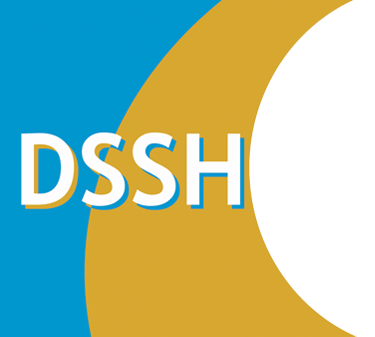Integrated In-Situ Simulation Using Redirected Faculty Educational Time to Minimize Costs: A Feasibility Study
Introduction: Simulation is an effective teaching tool, but many hospitals do not possess the space or finances to…
Introduction: Simulation is an effective teaching tool, but many hospitals do not possess the space or finances to support traditional simulation centers. Our objective is to describe the feasibility of an in situ simulation program model that uses minimal permanent space and “redirected” cost-neutral faculty educational time to address these issues. Methods: Two pediatric simulators and audiovisual equipment were purchased. Course faculty were derived from a group of physicians and nurses with a percentage work assignment apportioned to education. A portion of this was subsequently redirected toward simulation. After 2 years of operation, faculty were surveyed regarding time devoted to the program. Program growth and quality statistics were examined descriptively. Results: The program supported 786 learner encounters in 166 sessions over 2 years. Simulation hours per month increased over sixfold during that period (P < 0.001). Program initiation cost was $128920.89, with subsequent yearly costs of $11,695. Mean program ratings ranged between 4.5/5 for Crisis Resource Management and 4.4/5 for communication skills training. Resident (2.6 h/y increase, P value <0.001) and nursing (2.2 h/y increase, P < 0.001) simulation hours increased significantly. Faculty involvement averaged between 3% and 32% of total work hours. Conclusion: This report demonstrates the feasibility of implementing an in situ simulation program using minimal permanent institutional space and cost-neutral redirected faculty time. This type of programmatic structure is conducive to short- and medium-term growth, is well received by participants, and allows for substantial cost savings. Future work will be needed to determine what growth limitations are inherent in this staffing and structural model.
Read more: http://journals.lww.com/simulationinhealthcare/Fulltext/2011/12000/Integrated_In_Situ_Simulation_Using_Redirected.4.aspx
Full online text available for DSSH members trough DSSH/SSH membership subscription




